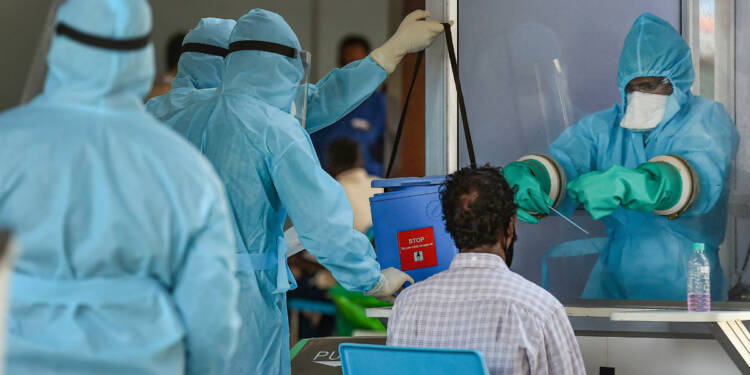For decades, the research institutions in India like CSIR, DRDO, ICMR, ICAR could not come up with a single product that is widely used either by industry or by academia. And one of the major reasons behind this was that the research done by these institutions used to go to public sector companies for production. The inefficient public sector companies could not convert the prototypes into commercially viable end products and this led to the decline of these institutions.
Throughout the world, especially in the United States, the best practice is to develop a prototype and then handover it to private companies for building a commercially viable product out of it – and take some royalty for the same. Now India is picking up the global best practices and the research institutions are now handing over the prototype to private companies for commercial development.
Earlier, DRDO handed over the production of 2-DG and DIY Corona testing kits to different private companies. Now, CSIR’s research institution, Central Scientific Instruments Organisation (CSIO), which developed UV Disinfection technology to combat Covid-19, has transferred the technology to 27 private manufacturers for commercial development.

CSIR-CSIO has developed a UV-C air duct disinfection system. The disinfection system can be used in auditoriums, large conference rooms, classrooms, malls etc. which will provide a relatively safer environment for indoor activities in the current pandemic.
As per an article by DD News, “research carried out by CSIR constituent labs, Centre for Cellular and Molecular Biology (CSIR-CCMB) and CSIR-Institute of Microbial Technology (CSIR-IMTECH) in September 2020 had demonstrated experimentally that SARS-CoV-2 viral particles could be detected in air even after 2 hours of exit of infected persons from a room and at distances much greater than a few meters as well (S C. Moharir et al., 2020) strengthening evidence of airborne transmission of the SARS-CoV-2.”
Based on these studies CSIR-CSIO has developed the UV-C air duct disinfection system. And now the technology has been transferred to companies around the country for commercial development.
So far, the mindset at the government’s end was that if a public organisation is developing something, its benefits should go to government coffers only. The Modi government has forcibly changed this mindset and is now transferring the technology to efficient private companies or commercial development instead of destroying it with inefficient public players.
This changed approach has led to successful use among the public of many of the inventions by the research institutions. For decades, the Defense Research and Development Organisation (DRDO) could not come up with single noteworthy research that could result in an end product and regularly being used by the Indian Armed Forces or the industry. However, in the last few years, the Modi government completely overhauled the institution and today, it is not only helping with the launch of missiles and production of defence equipment but also in the fight against Coronavirus with the design of ventilators and Covid drugs.
Earlier DRDO was like any other inefficient relic of the Nehruvian economy but in the last few years, especially since the appointment of G Satheesh Reddy as its Chairman in August 2018, DRDO has been performing at its very best. G Satheesh Reddy was appointed in August 2018 for a two-year term and the government gave him an extension of two years given the extraordinary performance of the institution under his leadership.
The Modi government’s reforms in the managerial approach of the top research institutions, which has led to public-private partnership in the true spirit, must be appreciated because it is leading to innovation as well as wealth creation.


































